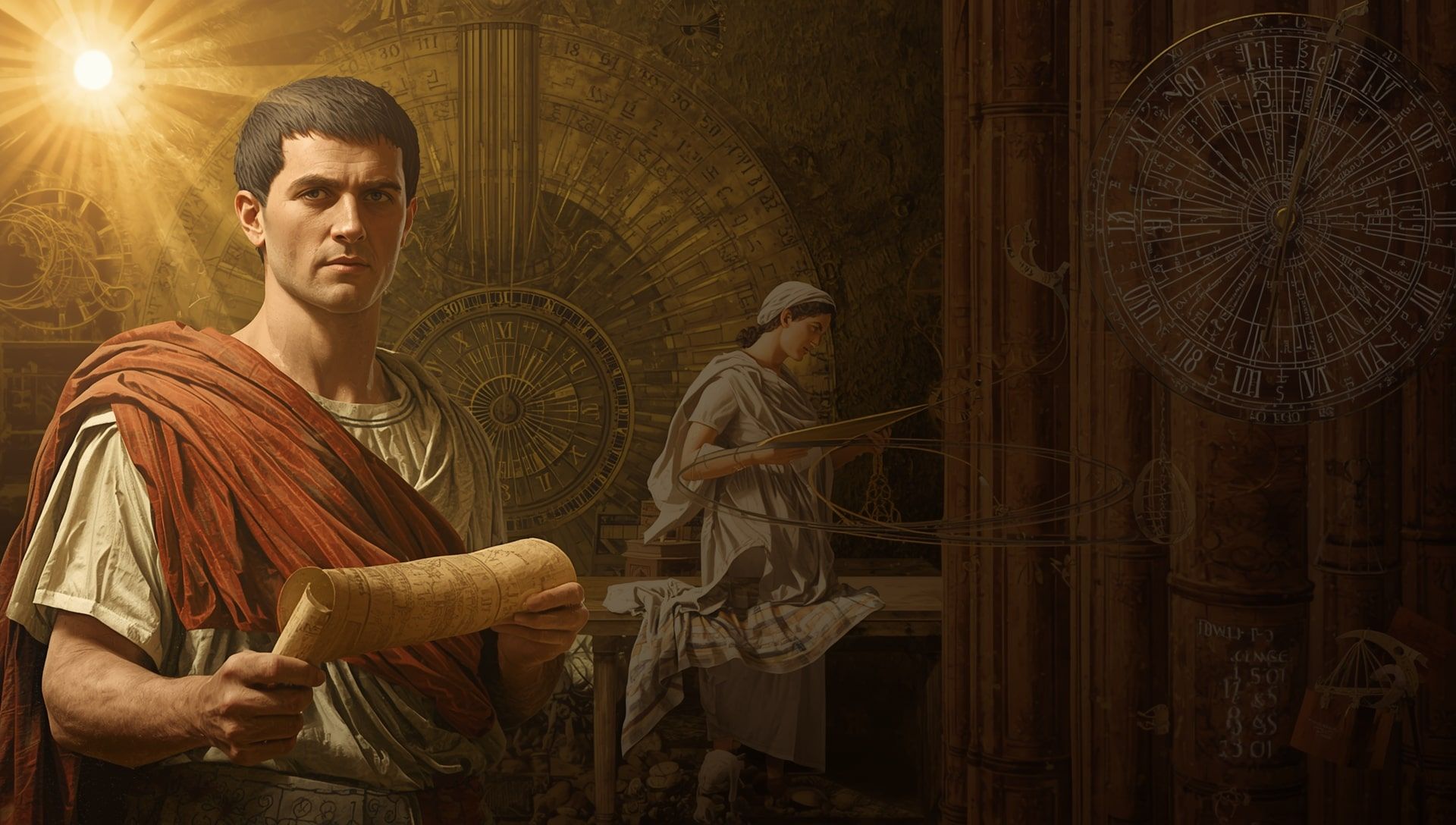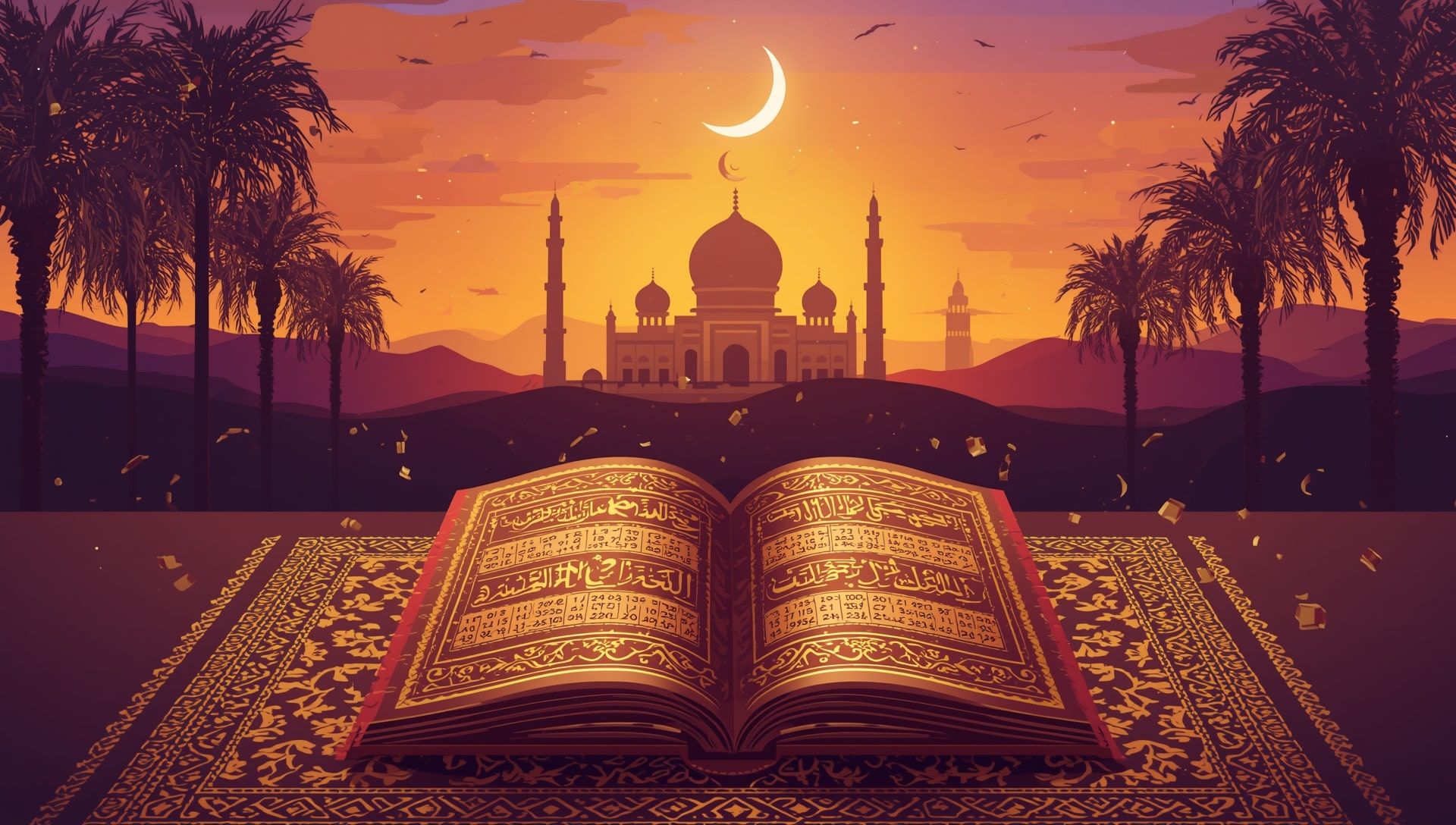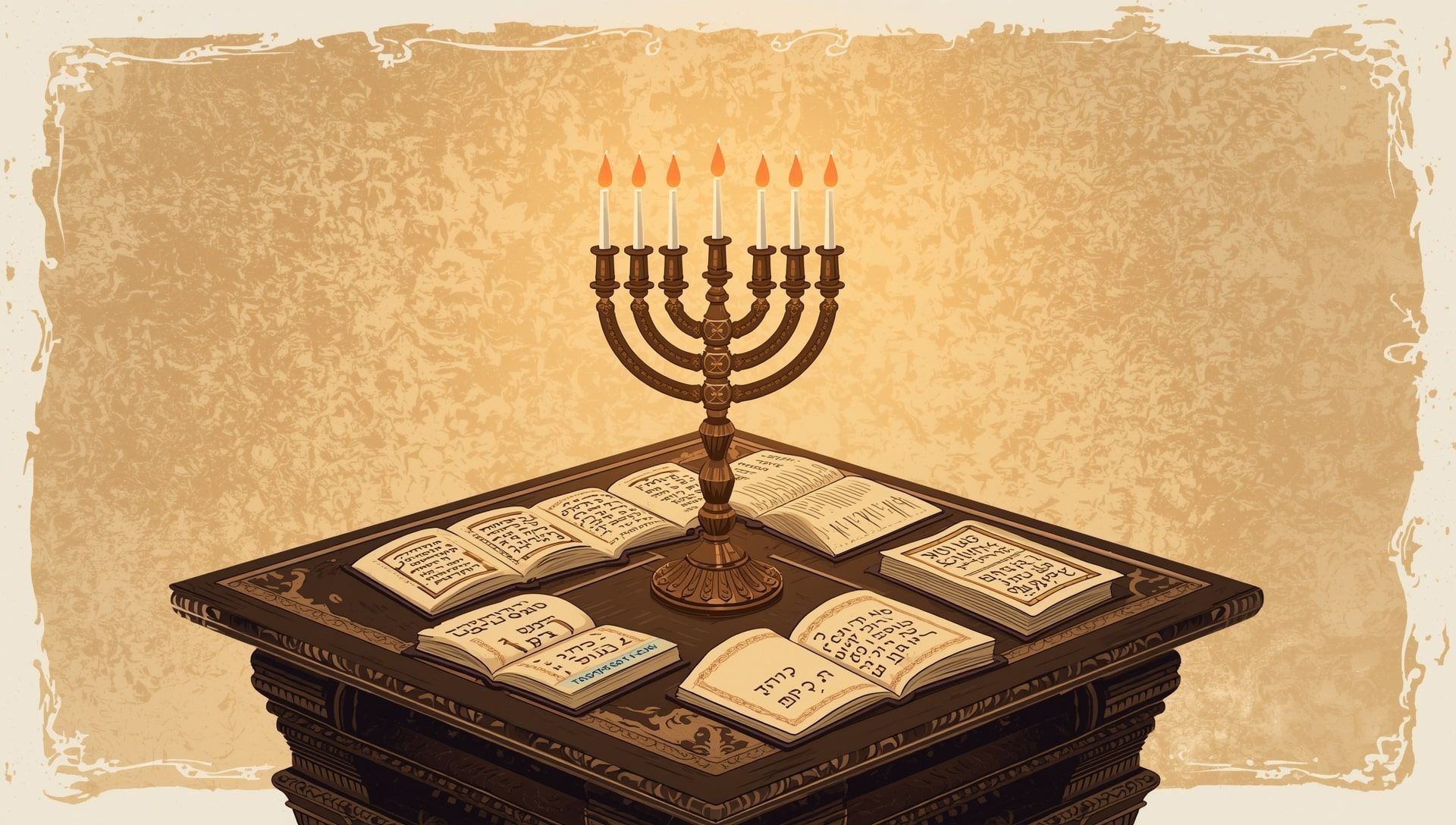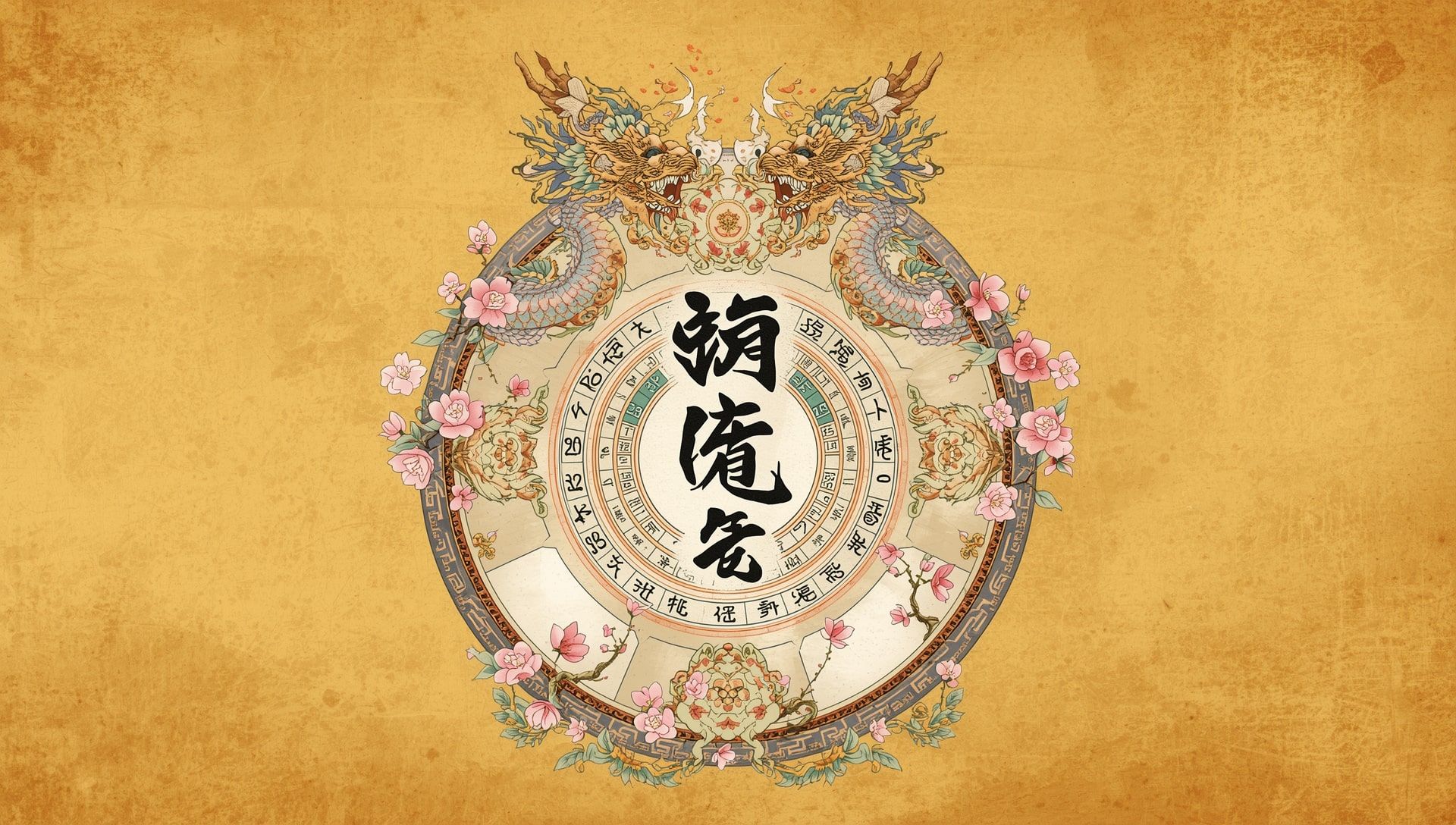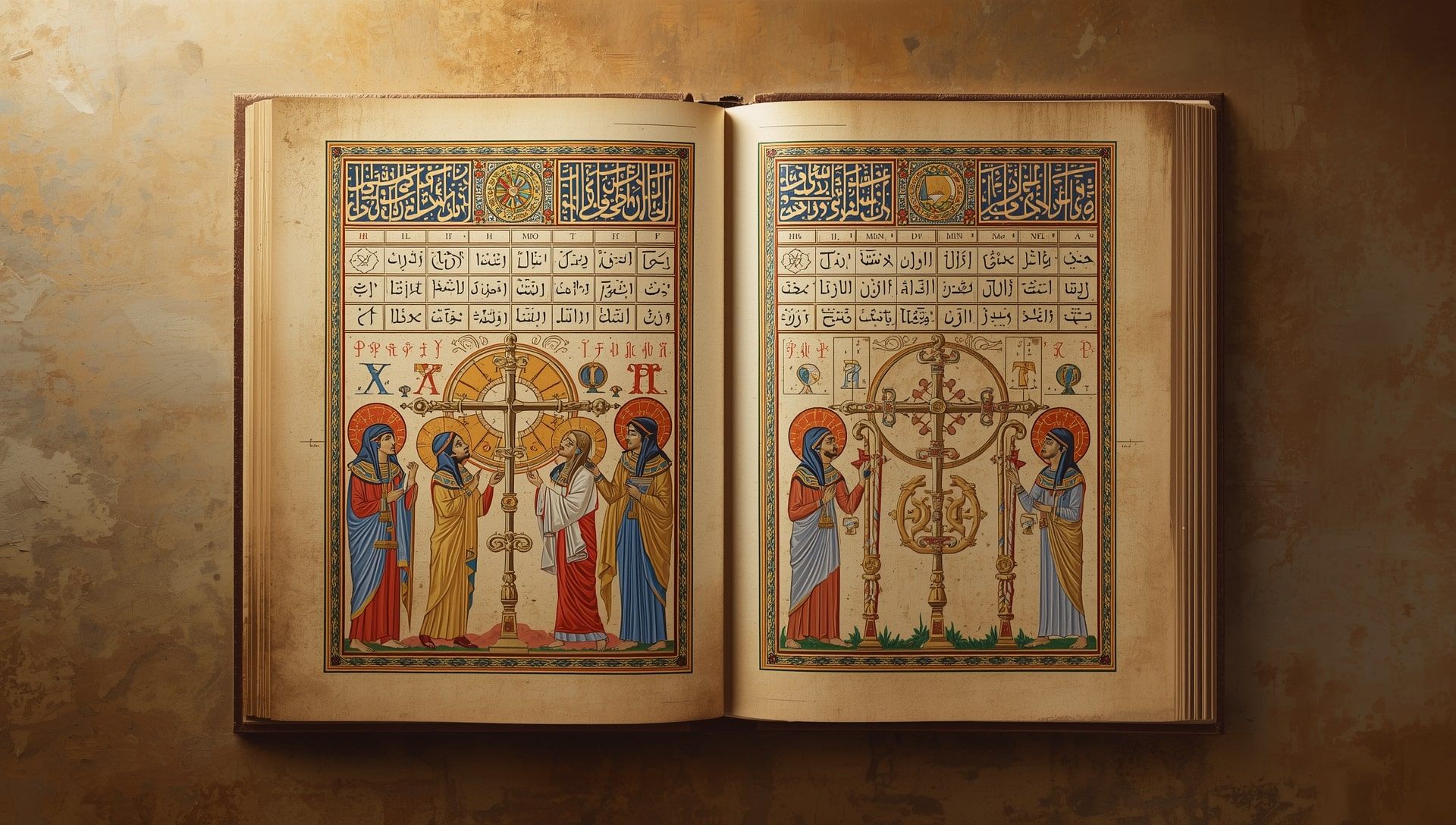Time has always fascinated humankind. It shapes how we live, how we remember, and how we plan ahead. Long before the digital clocks on our wrists or the synchronized seconds of atomic time, one ancient reform changed the world’s relationship with time itself: the Julian Calendar. Its story is one of ambition, precision, and humanity’s drive to make sense of the cosmos in an orderly way.
The Julian Calendar, introduced by Julius Caesar in 45 BCE, standardized the solar year at 365.25 days and revolutionized timekeeping across the Roman world. Its simple structure brought global coherence, influenced religion, agriculture, and politics, and laid the foundation for the modern calendar system that governs today’s world.
The Birth of Order in Time
Before Caesar’s reform, Rome’s calendar was chaos. Months drifted out of sync with the seasons. Farmers planted at the wrong times, festivals clashed with harvests, and politicians could manipulate dates for personal gain. The ancient Roman lunar calendar was based on the moon’s cycles, lasting roughly 355 days, and every so often priests added an extra month to realign it with the sun. But those additions were often abused.
By the first century BCE, the drift had grown to nearly three months. Julius Caesar, guided by the Alexandrian astronomer Sosigenes, decided to fix time itself. The result was the Julian Calendar, a solar calendar that finally matched Earth’s orbit around the sun. This new system brought consistency, fairness, and a rhythm that humans could trust, much like the global time zone standards we rely on today.
The Julian year was exactly 365 days, with a leap year every fourth year adding one extra day to February. This simple tweak kept the seasons in near-perfect harmony, a concept still crucial in modern daylight saving adjustments.
How It Worked
The brilliance of the Julian Calendar lay in its balance between simplicity and accuracy. It established a cycle of three normal years of 365 days, followed by a leap year of 366 days. This meant the average year was 365.25 days long, only slightly off from the actual solar year of 365.2422 days.
-
Each month was fixed at either 30 or 31 days, except February.
February had 28 days, or 29 in a leap year.
The year began on January 1, marking a clear start for civic and religious life.
This structure was far more reliable than anything that came before it. Time finally flowed with predictable rhythm. Over centuries, the Julian system spread through Europe and beyond, influencing how empires scheduled taxes, wars, and worship, much like how today’s world clock keeps nations coordinated.
Why the Julian Calendar Mattered
The Julian Calendar wasn’t just about days and months. It was about control, communication, and civilization. With predictable time, societies could synchronize planting, trade, and festivals. It unified empires that stretched over continents. The sense of shared time connected diverse peoples under one temporal law, echoing how modern countries align their systems to common time standards.
Its impact was immense:
- It stabilized agriculture by syncing seasons with months.
- It aligned religious rituals and civic duties.
- It gave governments a tool for planning and record keeping.
- It strengthened empire-wide cohesion.
When reading historical texts, remember that any event before the adoption of the Gregorian reform was dated under the Julian system. Historians must convert these to align timelines accurately, similar to using a time converter to reconcile different time systems.
Drift Over Time
The Julian Calendar was a triumph, but even its precision had limits. That small difference of 0.0078 days per year gradually accumulated. After several centuries, the calendar was off by about ten days compared to the actual solar year. Spring festivals crept earlier, and religious holidays lost alignment with the seasons.
The drift became a serious issue for the Church. By the sixteenth century, Easter, originally tied to the spring equinox, was occurring too early. This misalignment prompted Pope Gregory XIII to introduce a correction in 1582, giving birth to the Gregorian Calendar reform. Historians and astronomers today often use a Julian date conversion tool to align those historical records precisely with modern dates.
To fix the drift, ten days were skipped in October 1582. People went to bed on October 4 and woke up on October 15. Time itself seemed to jump forward overnight, one of history’s most striking calendar reforms.
The World’s Mixed Adoption
The shift to the Gregorian Calendar didn’t happen overnight. Catholic nations adopted it first, while Protestant and Orthodox countries hesitated. Britain and its colonies, for example, switched in 1752, while Russia held on until after the Bolshevik Revolution in 1918.
For centuries, the two calendars coexisted, creating confusion in trade, correspondence, and record keeping. Imagine scheduling a meeting in two different calendar systems—it was chaos reborn. Eventually, practicality won, and the Gregorian system became the global standard, similar to how time zone maps now unify international coordination.
Colorful Timeline of Julian Reform
| Year | Event | Significance |
|---|---|---|
| 46 BCE | The "Year of Confusion" | Caesar extends the year to 445 days to realign seasons |
| 45 BCE | Julian Calendar begins | First use of leap year and fixed month lengths |
| 8 CE | Correction of leap-year misapplication | Emperor Augustus adjusts leap rules to restore order |
| 325 CE | Council of Nicaea | Uses Julian Calendar to set Easter calculation |
| 1582 CE | Gregorian reform | Corrects 10-day drift and adjusts leap-year frequency |
| 1752 CE | British adoption | Reconciliation with the Gregorian system |
| 1918 CE | Russia adopts Gregorian | Marks the end of widespread Julian use |
Lasting Legacy
Even after its replacement, the Julian Calendar’s influence lingers. Many Orthodox Christian churches still celebrate holidays based on it. Their Christmas falls on January 7 according to the Gregorian Calendar. The system’s mathematical beauty continues to fascinate historians and astronomers alike, similar to how the Coptic calendar preserves ancient traditions in modern faith.
The term “Julian day” is still used in astronomy to count days continuously from January 1, 4713 BCE, simplifying calculations across centuries, much like the precision tracking used in modern clock alarms.
How the Julian Spirit Lives On
The Julian Calendar’s greatest legacy isn’t the leap year or its month lengths. It’s the idea that humans can bring order to cosmic chaos. It represents our deep desire to align earthly life with celestial patterns. Even now, our calendars, atomic clocks, and IANA time zones all echo Caesar’s decision to trust the sun’s steady motion.
In every tick of a clock and every page of a planner, we still follow the same rhythm that began more than two thousand years ago. The Julian Calendar reminds us that time is not just a measurement, but a shared language, one that keeps humanity in sync with the turning sky.
